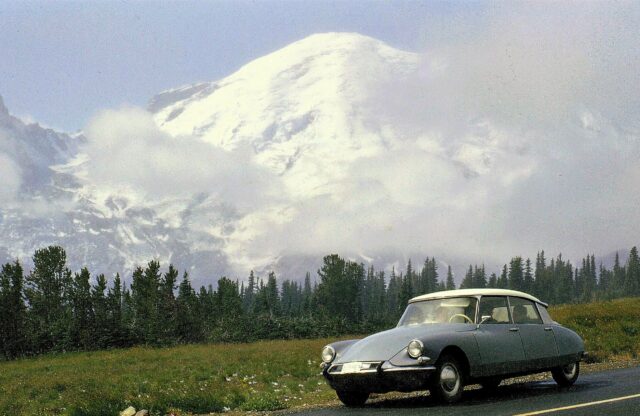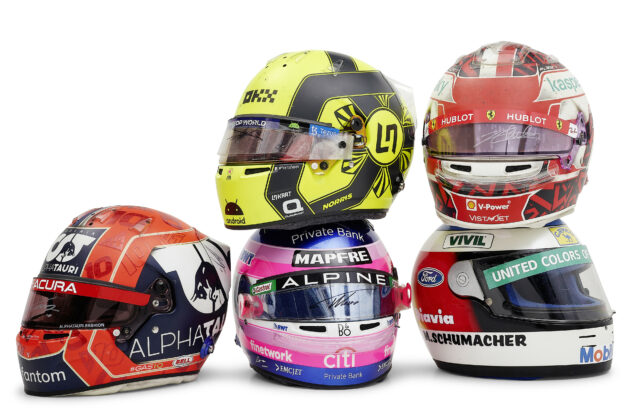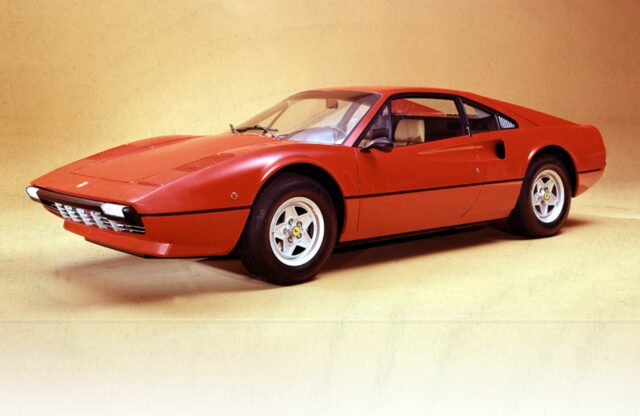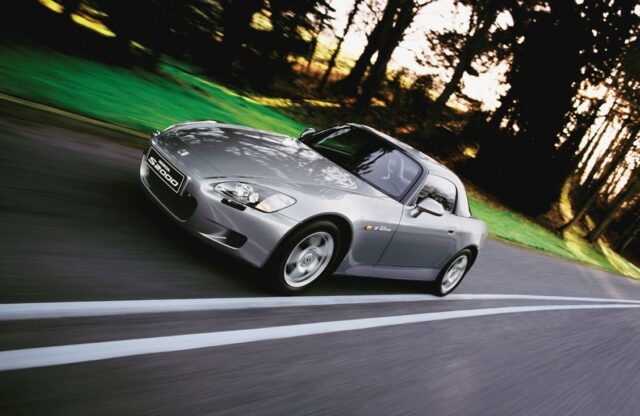Innovation has been the driving force behind the automotive industry since its inception, and Citroën ranks highly in this regard. Unsatisfied with bringing just one or two new developments to market, the brand routinely introduced and integrated cutting-edge tech into its mass-produced models. For example, the 1934 Traction Avant came complete with front-wheel drive, monocoque body construction and four-wheel independent suspension at a time when most rivals were still building Ford Model T lookalikes.
Just when the competition was catching up, the Traction Avant’s replacement was unveiled to a stunned audience at the 1955 Paris Motor Show. The Citroën DS was born, and it looked like no other executive saloon on the road before or, indeed, since. Beneath that chic, curvy bodywork was a complex hydropneumatic system that powered the brakes, suspension, steering and gearchange. This set-up defined the DS’s character, and gave it a ride and handling balance which surpassed that of just about any other car on the road.
The hydraulic suspension initially allows the Citroën to roll, but it firms up considerably under load, and the ride comfort is still among the best in the world. Rolls-Royce later licenced the technology for the Silver Shadow, just in case you thought we were exaggerating.
Citroën’s position under Michelin’s ownership also meant that the DS was equipped with bespoke radial tyres at a time when most cars were still running on conventional crossply rubber.
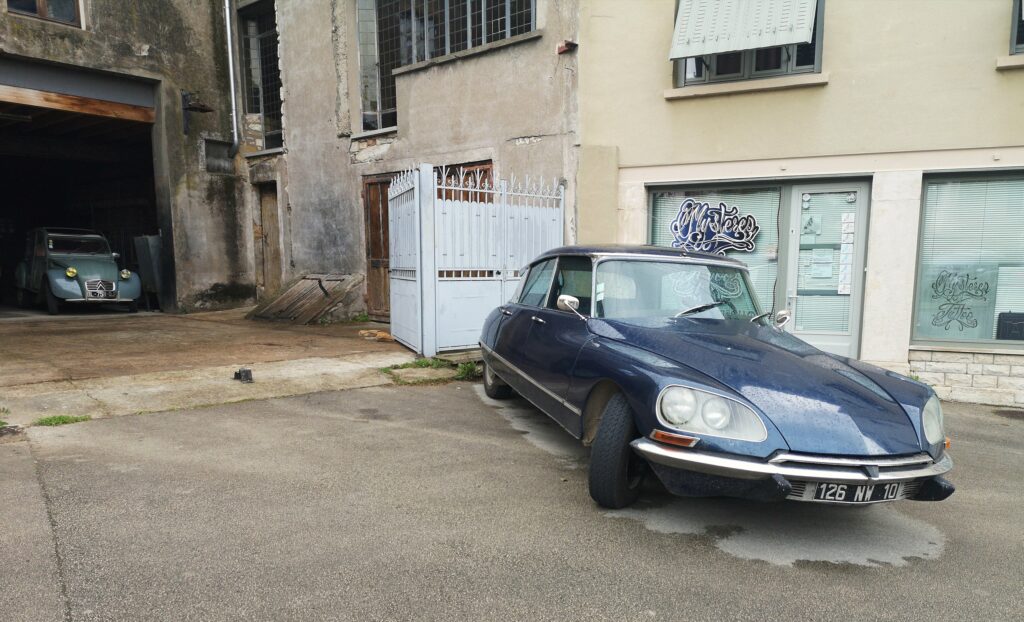
Boasting a semi-automatic transmission and a 1.9-litre inline-four, the first DS 19 was a leisurely performer, but the pillow-soft ride quality and sumptuous interior trimmings clearly defined its position in the luxury executive saloon class.
The relatively high pricing limited the sales potential, so a slightly lower-spec ID 19 model was introduced in 1957. This version offered a detuned 1.9-litre engine, low-spec interior, manual transmission and no power steering. An estate variant arrived in 1958 in both DS and ID flavours. The built-to-order Chapron convertible DS was offered from 1960-on. It was expensive and rare, and remains so today.
The clever front-wheel-drive layout and inboard front disc brakes were still rare in the segment, and numerous updates and options were introduced in the early 1960s. These included a more powerful 2.1-litre engine choice, a redesigned nose and an even plusher Pallas trim level.
In 1968, the only major facelift was carried out, with directional high-beam lights joining the options list. The late 1960s and early 1970s also saw the use of a new, mineral-based hydraulic fluid, fuel injection and air-conditioning, while a (very rare) three-speed auto was also made available. The DS 23 marked the Goddess’s ultimate iteration. Producing 141bhp in its most potent injected form, it was capable of almost 120mph.
The DS also enjoyed some notable achievements in motor sport over the years, winning the 1959 Monte Carlo Rally after the first-placed Mini Cooper S was disqualified. It also did well in events as diverse as the Mille Miglia and the East African Safari. DS production ended one month short of 20 years, an admirable innings for an impressive automobile with over 1.4 million examples sold.
ENGINE AND GEARBOX
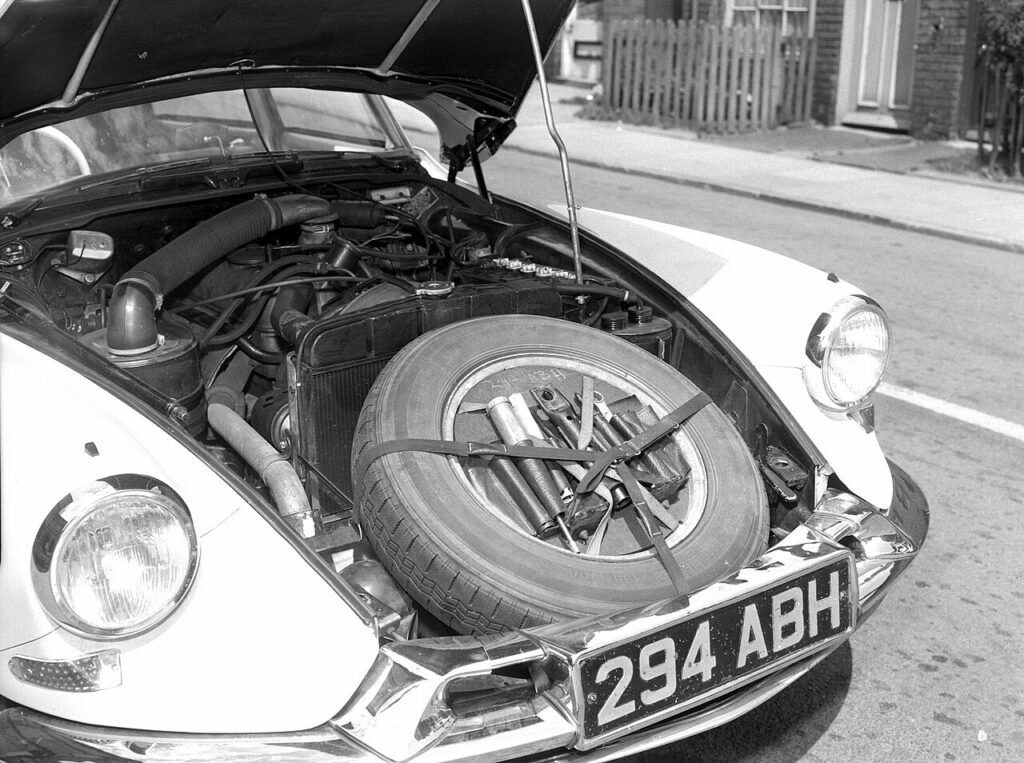
The DS was offered with a range of four- cylinder engines, from 1.9 to 2.3 litres in capacity. Fuel injection was introduced as an option for 1970, yet the majority of the line-up was carburettor fed. The rest of the car might have been ahead of its time, but these powerplants are relatively simple, and regular basic maintenance can see them clock up big mileage.
Watch out for oil leaks and loose or rattling timing chains. A noisy engine at idle could mean anything from valves that need adjustment to tired camshafts that require a rebuild.
Various gearboxes were offered over the years: a semi-automatic four-speed, automatic three-ratio and manual four- or five-speed units. All are relatively reliable, but look out for crunching synchros on the manuals and hesitation between gearchanges on the Borg-Warner automatic. If the five-speed manual whines in high ratios, this is indicative of dry and worn gearbox bearings. An adjustment screw on the transmission bellhousing indicates how much life is left in the clutch; if it is all the way out, the clutch is nearing the end of its life.
SUSPENSION AND BRAKES
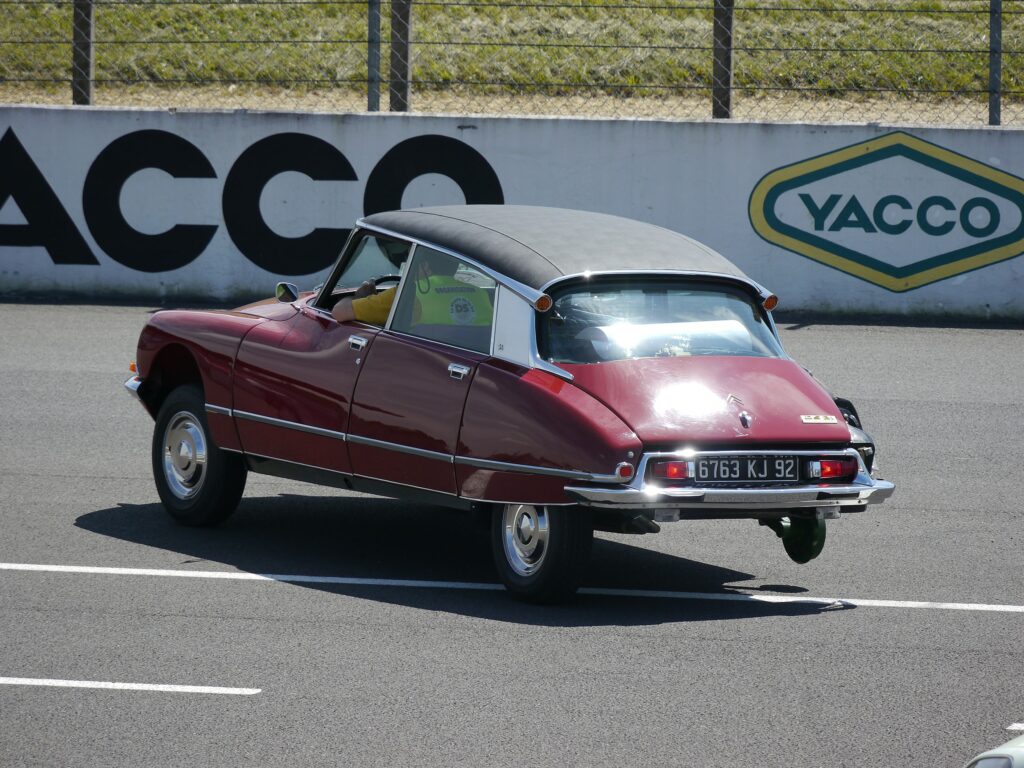
The hydropneumatic suspension is not overly complex, but specialist knowledge is required to ensure that it functions as the factory intended. In the late 1960s a new mineral oil-based hydraulic fluid replaced the previous formulation. Both systems require different types of seals, and interchanging fluids can easily damage the hydraulic system. The newer LHM fluid and hydraulic elements were coloured green, to avoid confusion.
Aside from suffering general wear and tear the suspension is reliable, and most issues usually stem from neglect or having unqualified technicians work on the car. When taking a potential purchase for a test drive, listen out for knocking suspension at speed, as this could indicate worn ball-joints. A permanently sagging car may very well have a hydraulic fluid leak that needs attention.
The front brakes can be difficult to access thanks to their awkward placement beneath the radiator, and calipers can stick on pre-1967 cars if the vehicle has spent a long time stationary. The handbrake pads are also part of the front brake assembly and can be pricey to replace, so check the car doesn’t move when the handbrake lever is engaged. Meanwhile, the rear stoppers tend to last a lot longer and are easier to service when the shoes do need replacing.
BODYWORK AND INTERIOR
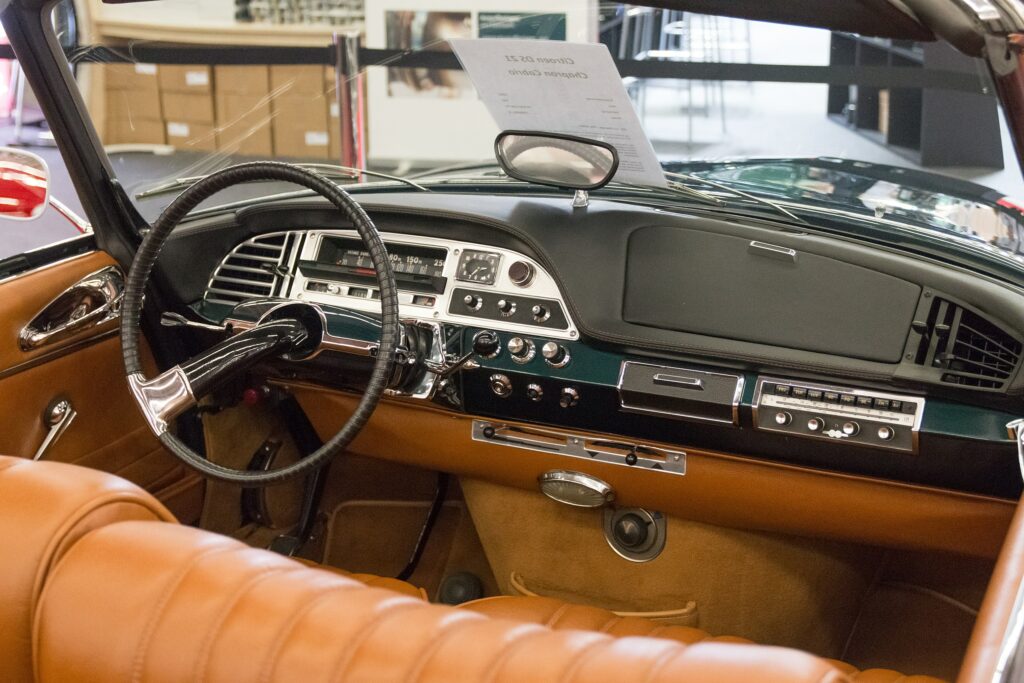
While the svelte and swoopy bodywork is still a lovely sight, if corrosion takes hold of the frame then be prepared for a very large bill. Rust on the body panels is less of an issue; they can be hard to source, but aftermarket parts can be found.
Check for rust around the door frames, sills, footwells and suspension mounts. There are very few DSs around that haven’t been restored or repaired by now, but make sure the work has been carried out to a high standard.
Plusher Pallas variants came with unique body mouldings, so ensure that these are still present. Unless you are looking for a project, it is best to avoid cars in poor condition. These Citroëns hide their rot very well, so it is highly recommended to have a specialist check out your potential purchase.
Seat upholstery was most commonly done in fabric, although leather was optional on top-spec variants and some cars have been retrimmed in this way. There are still specialists around that offer a ‘turn-key’ retrimming service for the DS, although finding replacement switches and various trim pieces can be tough. Air-conditioning is most often found in the Pallas variants. Meanwhile, early cars came fitted with a rectangular instrument binnacle, while later models featured circular gauges.
WHICH CITROËN DS TO BUY
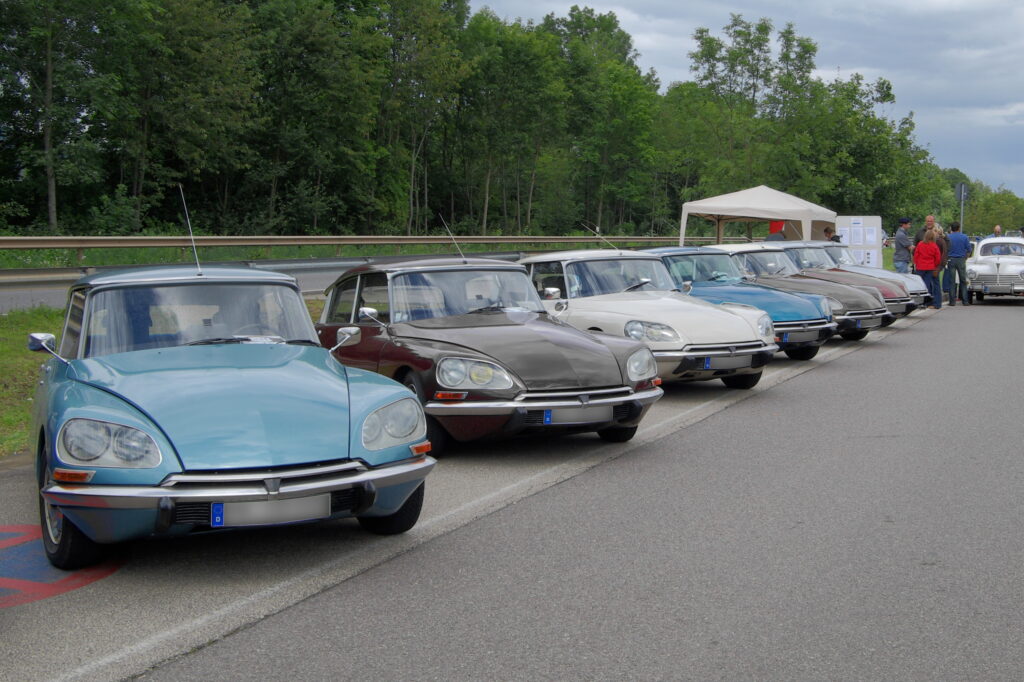
The DS in all its variants is a great classic. The later cars benefited from more power, upgraded hydraulic fluid and, in the case of the Pallas, a host of extra kit.
The saloon bodystyle is more pleasing to the eye than the oddly shaped wagon, and it’s easier to find. The Chapron convertibles are beautiful and rare; they will mainly appeal to serious collectors, thanks to their heady values.
If you’re looking to regularly drive your DS, a post-1969 manual model may be the best choice. Early cars are best avoided unless you’re a collector and don’t plan on using it regularly; the early hydraulic fluid is hygroscopic, tends to leak and is corrosive to the bodywork and seals.
Aside from evidence of regular maintenance, the most crucial aspect of any pre-purchase inspection is the chassis’ condition. An overly corroded car is expensive to repair, and very keenly priced models may be hiding all manner of evils. Find the right car, though, and prepare to be transported back to a time when the DS reigned supreme.
The information in this guide was kindly supplied by our recommended Citroën DS specialists, French Classics and DS Workshop.
WHAT TO PAY
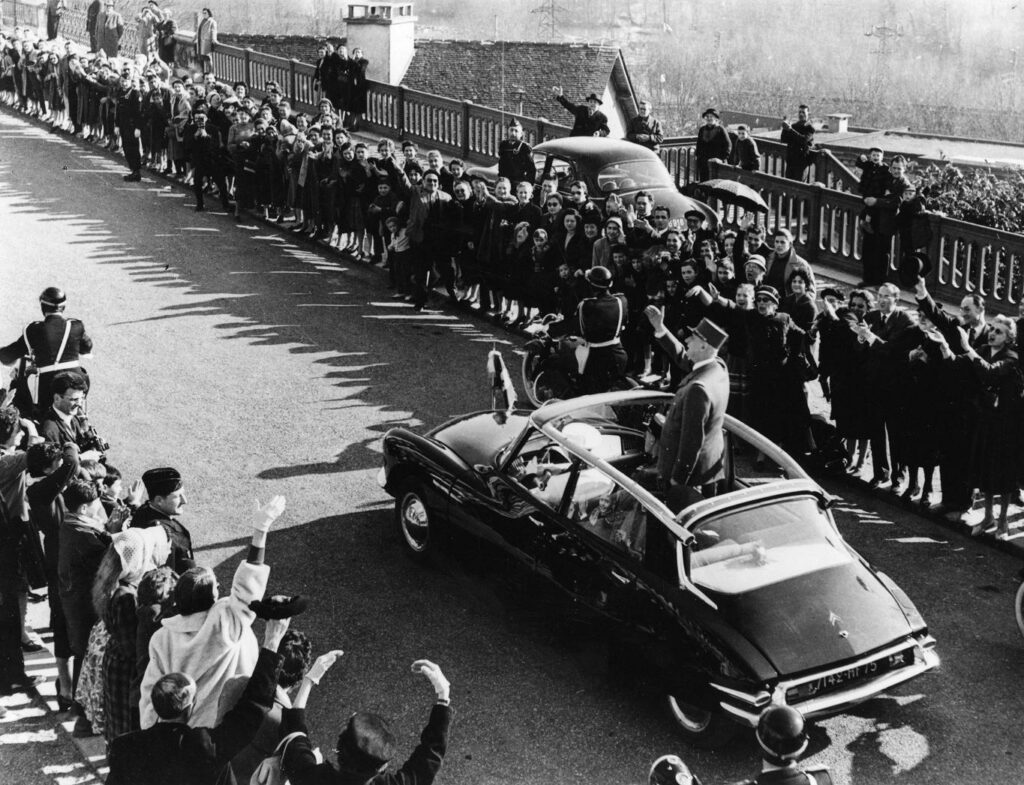
1971 DS 21 Pallas, UK
Fair: £11,300
Good: £17,600
Excellent: £27,500
Concours: £39,600
1971 DS 21 Sedan, US
Fair: $14,100
Good: $28,800
Excellent: $47,100
Concours: $79,800
SPECIFICATIONS
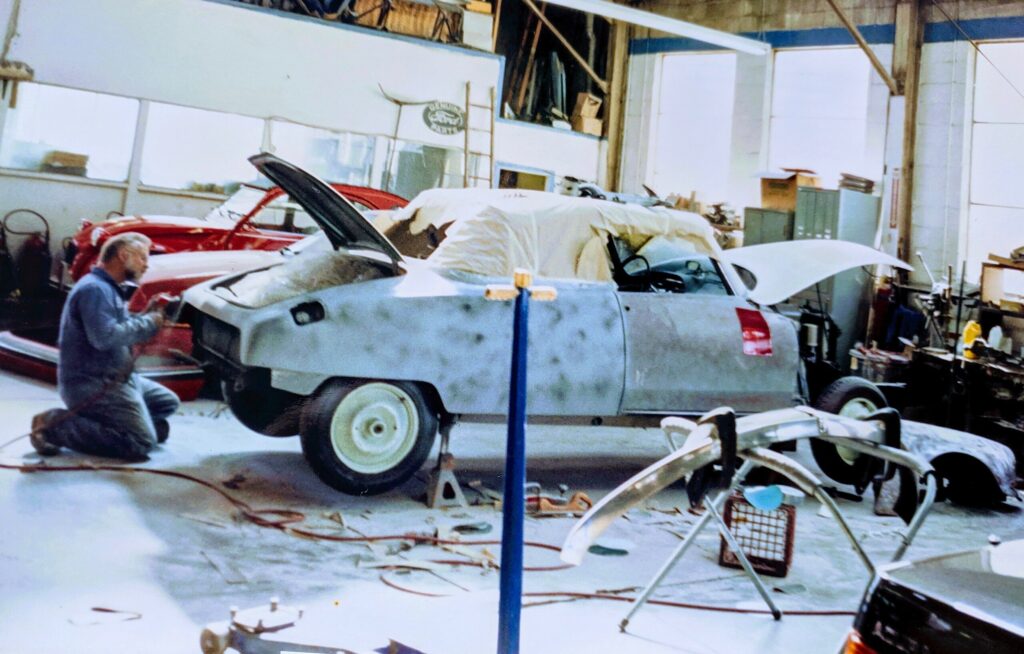
1.9-litre inline-four
Power: 60-75bhp
Top speed: 87-100mph
0-60mph: 23 seconds (est)
Economy: 30mpg
2.1-litre inline-four
Power: 109bhp
Top speed: 105mph
0-60mph: 20 seconds (est)
Economy: 28mpg
2.3-litre inline-four
Power: 141bhp (injected)
Top speed: 117mph
0-60mph: 15 seconds (est)
Economy: 27mpg
